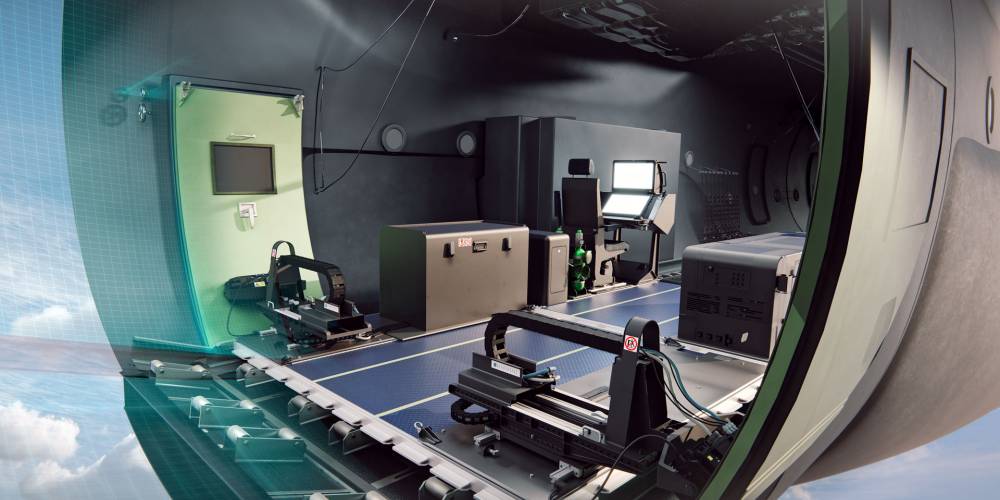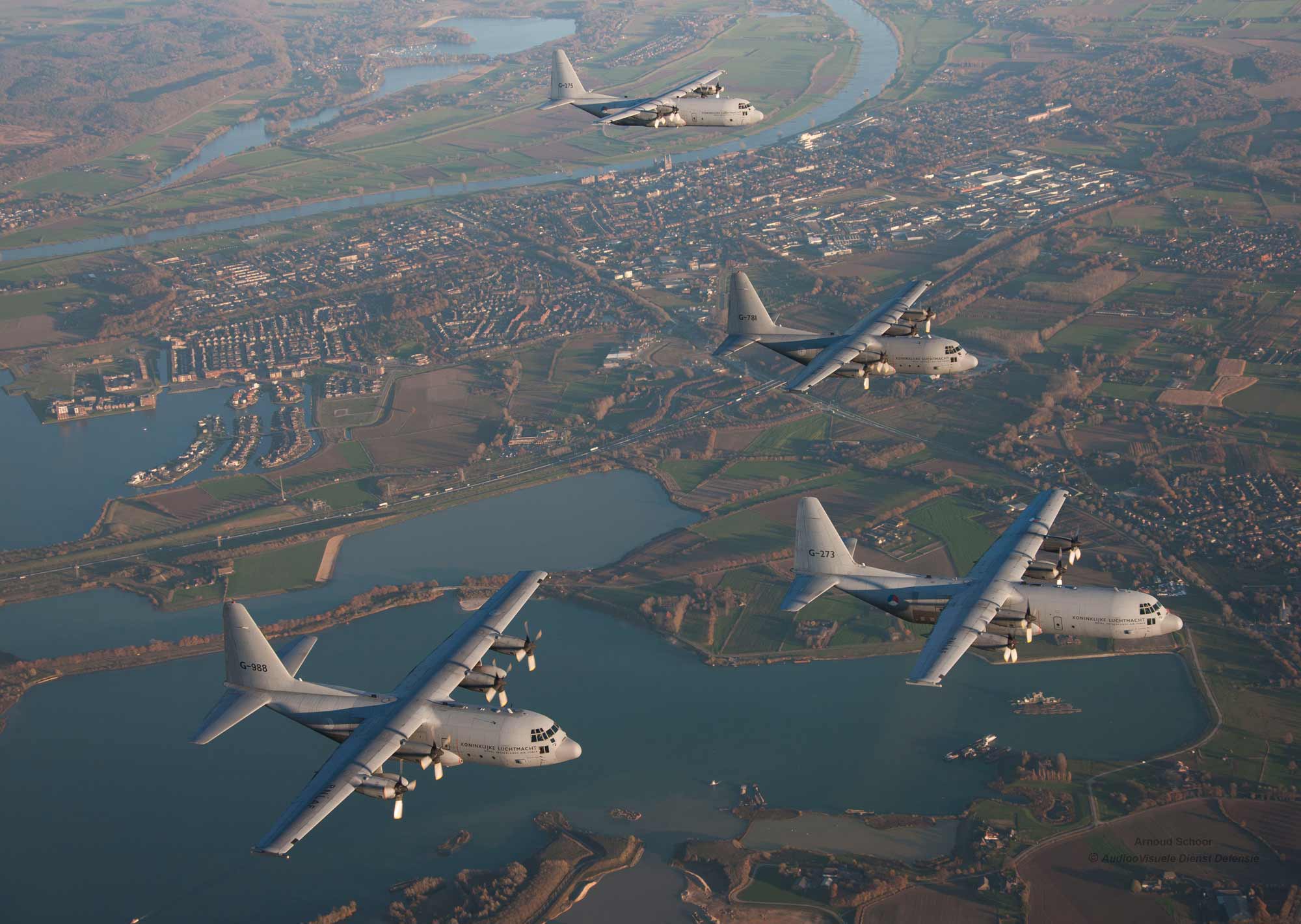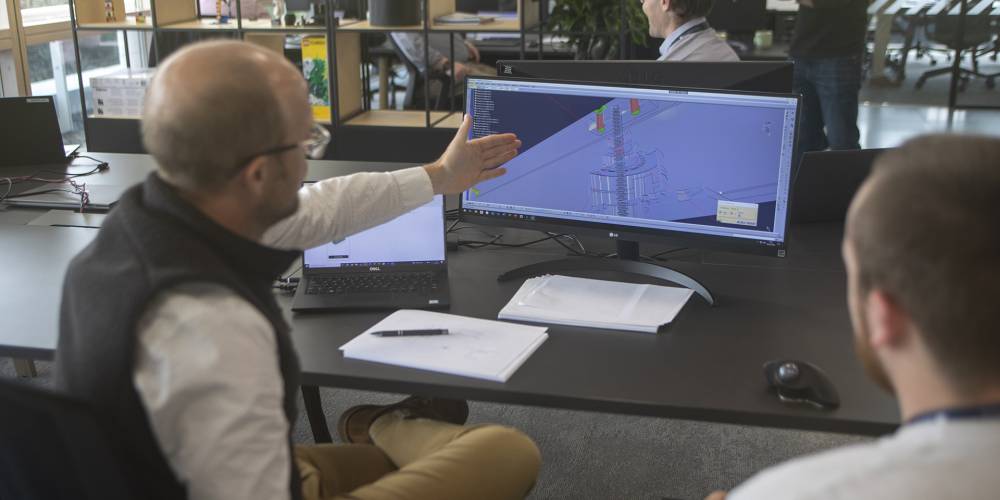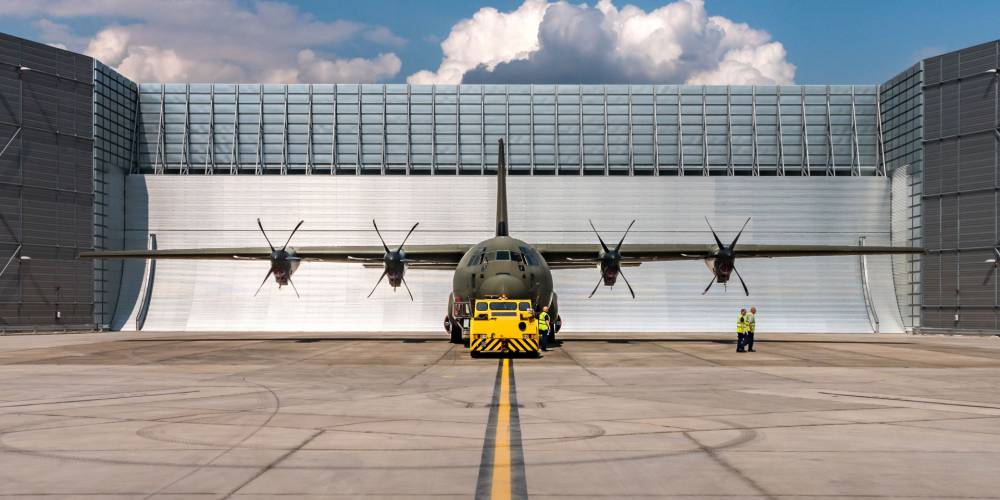RNLAF C-130H upgrade programme
The recovery and upgrade of two C-130s for the Royal Netherlands Air Force (RNLAF) was one of the most extensive and complex engineering projects ever undertaken by Marshall.
In addition to upgrading the RNLAF’s existing two C-130H-30s, we supported the service in its acquisition of two EC-130Qs from the United States. The restoration work was to be performed at Marshall’s Cambridge site, which meant the two EC-130Q airframes were dismantled and then transported separately, travelling overland from Tucson to the port of Houston, followed by a sea journey terminating at Tilbury Docks in the UK. The last leg of each aircraft’s journey was again by land, a short but complex trek to Cambridge.
Once on site, ‘recovery’ began, returning the two EC-130Qs to C-130H build standard, as well as ensuring, where possible, that the aircraft systems matched those of the RNLAF’s first two C-130H-30. In addition, all four aircraft received avionics and safety modifications under Cockpit Upgrade and Cabin Safety Improvement programmes (CUP and CSIMP respectively).
All four aircraft are back in use by RNLAF.







